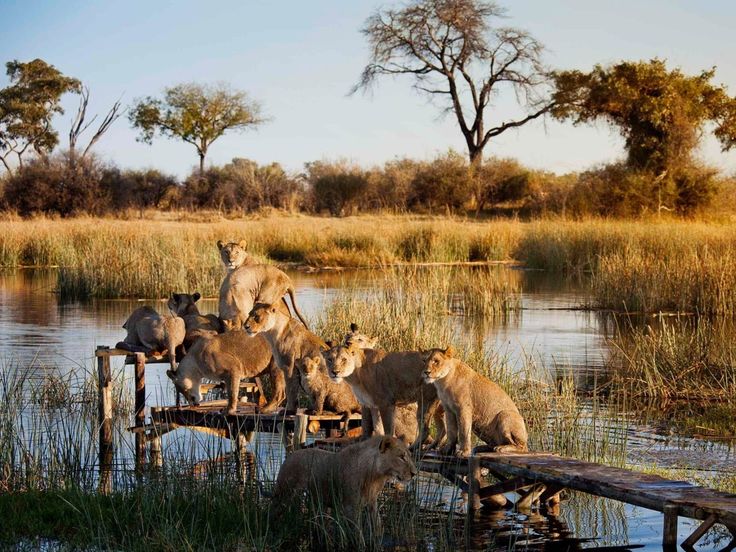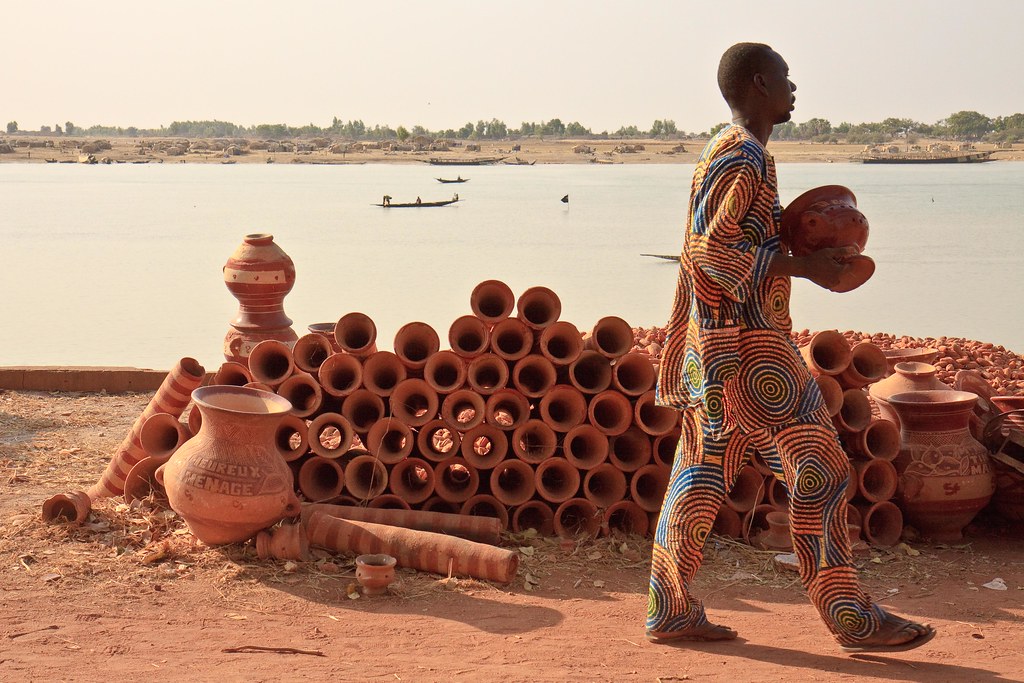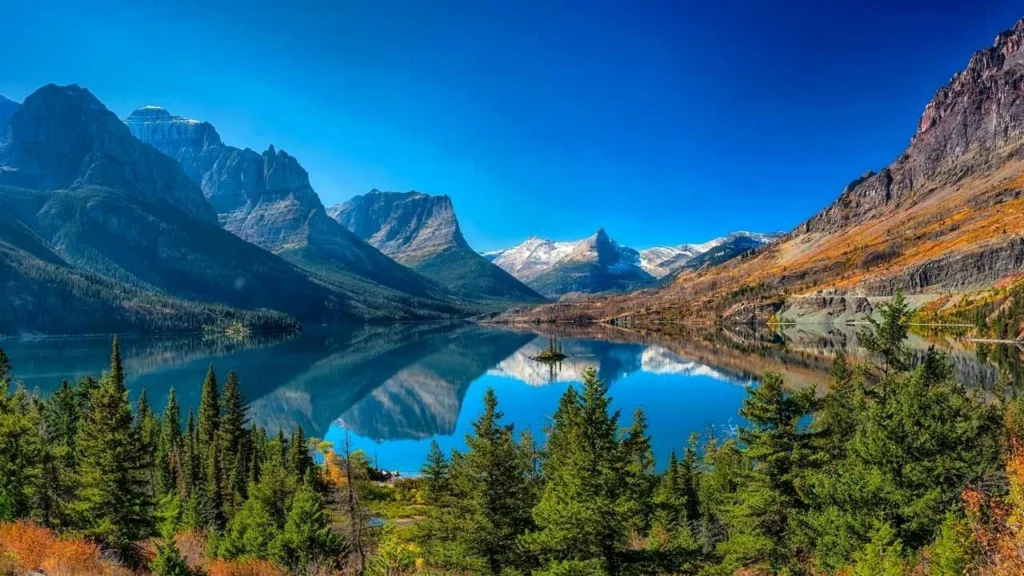Wildlife Wonders
The Okavango Delta’s Remarkable Ecosystem
The Okavango Delta, a UNESCO World Heritage Site, stands as a testament to nature’s ingenuity and resilience. This inland delta, fed by the Okavango River, carves its way through the seemingly desolate Kalahari Desert in Botswana. It transforms this arid expanse into a vibrant tapestry of life, defying expectations and captivating all who encounter it.
The unique feature of the Okavango Delta is its lack of an outlet to the sea. Instead of flowing into an ocean, the water spreads across a vast floodplain, creating a labyrinthine network of lagoons, waterways, and islands.
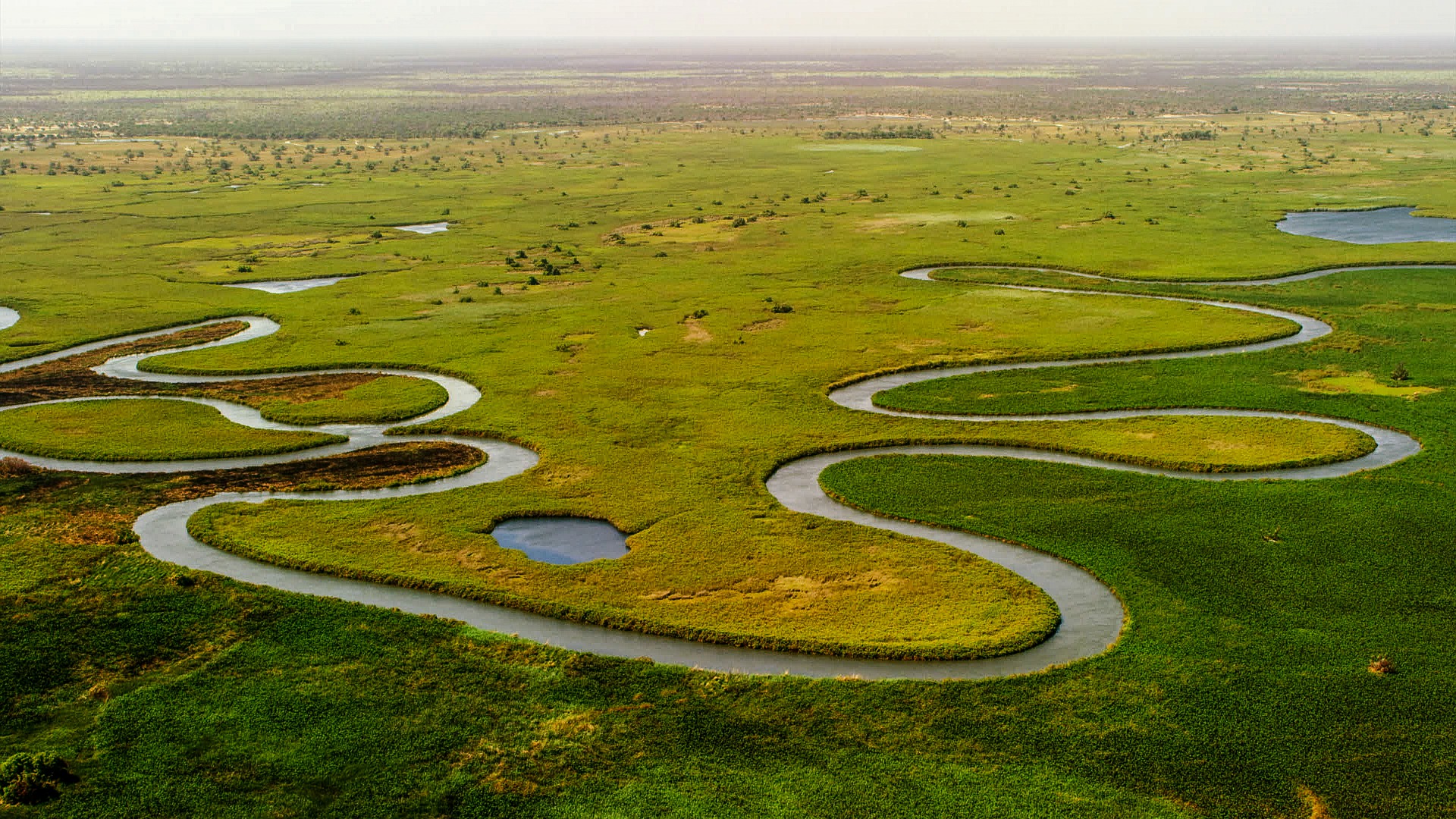
This intricate ecosystem supports an astonishing array of wildlife. Elephants, lions, leopards, cheetahs, wild dogs, and countless other species call this region home, making it one of the greatest wildlife spectacles on Earth.
The delta’s rich biodiversity is further enhanced by its unique geological formation. The Kalahari Sands are so fine that they filter the water, ensuring crystal-clear pools perfect for breeding and sheltering a plethora of aquatic life.
The Okavango Delta also plays a crucial role in supporting indigenous communities who rely on its resources for their livelihood and cultural traditions. Their deep understanding of the ecosystem fosters sustainable practices that ensure its preservation for generations to come.
This remarkable inland delta stands as a symbol of the interconnectedness of nature, showcasing the power of water to transform landscapes and nurture life in even the most unexpected places.
Botswana: A Haven for Elephants
Botswana is renowned for its exceptional wildlife conservation efforts, and one of the most captivating wonders is the abundance of elephants roaming freely across its vast landscapes.
Chobe National Park stands as a prime example, boasting the highest concentration of elephants in Africa. With an estimated population exceeding 100,000, these majestic creatures thrive in the park’s lush riverine forests and floodplains. Visitors have the opportunity to witness breathtaking elephant herds, sometimes numbering in the hundreds, gracefully navigating their environment.
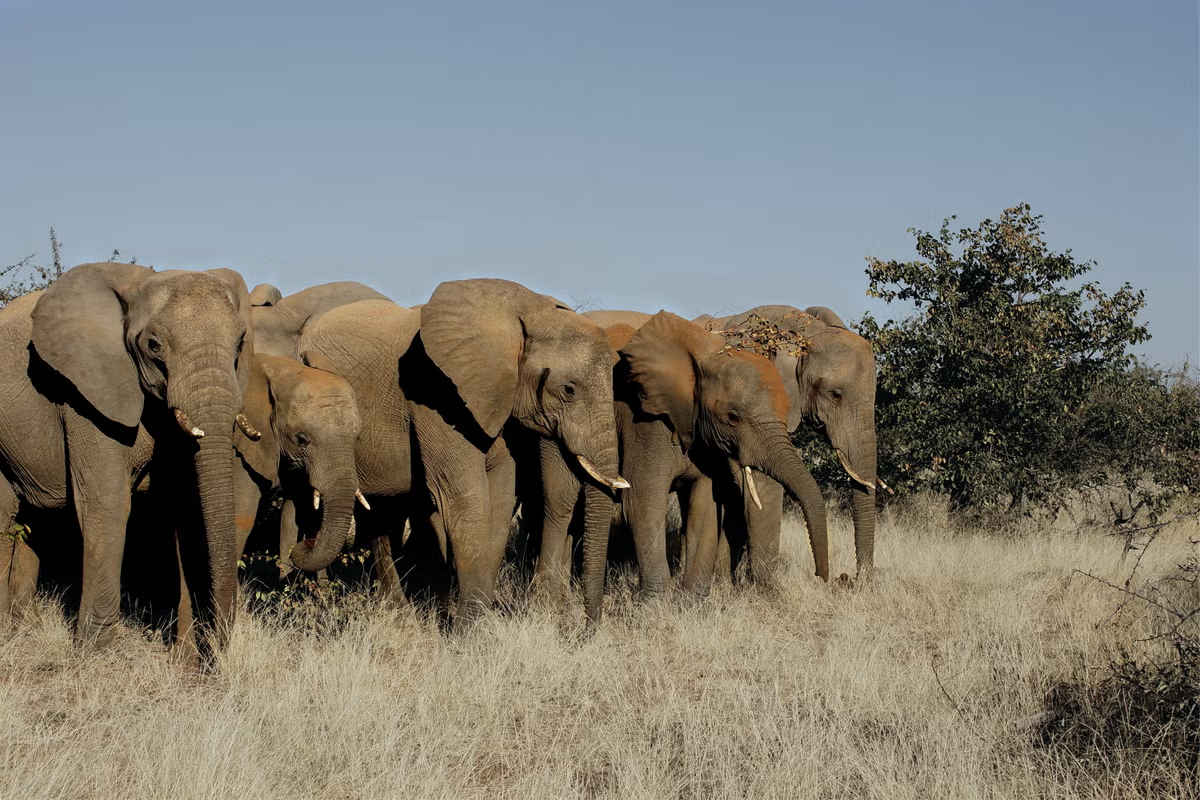
Beyond Chobe, Botswana’s other national parks, such as Moremi Game Reserve and Okavango Delta, also harbor significant elephant populations. The Okavango Delta, a UNESCO World Heritage Site, is a unique inland delta formed by the Okavango River. Its vast network of waterways and islands provides an ideal habitat for elephants, who come to quench their thirst and graze on abundant vegetation.
The government of Botswana has implemented stringent anti-poaching measures and established extensive protected areas, ensuring the safety and well-being of its elephant population. This commitment to conservation has earned Botswana international recognition as a leader in wildlife protection.
Witnessing elephants in their natural habitat is an awe-inspiring experience that highlights the importance of preserving these magnificent creatures for generations to come. A visit to Botswana offers an unparalleled opportunity to connect with nature and marvel at the wonders of the African wilderness.
Delta-Dependent Species: More Than Meets the Eye
Botswana, a landlocked nation in Southern Africa, is renowned for its stunning landscapes and remarkable wildlife. But beyond the iconic elephants and lions, a fascinating world of delta-dependent species thrives within the intricate web of the Okavango Delta. These creatures, intricately linked to the lifeblood of this unique ecosystem, offer glimpses into the extraordinary resilience and adaptability of life in a constantly evolving environment.
The Okavango Delta, a vast inland delta formed by the Okavango River, is a UNESCO World Heritage Site and a biodiversity hotspot. Its seasonal flooding patterns create a dynamic mosaic of habitats, ranging from lush floodplains to dry woodlands, supporting a diverse array of flora and fauna.
Among these fascinating inhabitants are a multitude of species whose lives are inextricably intertwined with the delta’s rhythms. These include iconic animals such as African wild dogs, cheetahs, and sitatunga, as well as lesser-known species like the sengi (elephant shrew) and the red lechwe antelope, each playing a vital role in maintaining the delicate balance of this ecosystem.
The intricate relationship between these delta-dependent species and their environment is a testament to nature’s ingenuity. The flooding patterns provide crucial breeding grounds for fish, amphibians, and invertebrates, forming the base of the food chain. Herbivores like the red lechwe and sitatunga graze on the lush vegetation that flourishes during the flood season, while predators such as lions, leopards, and wild dogs rely on these herbivores for sustenance.
The unique adaptations of these creatures are a marvel to behold. The sitatunga, for example, has webbed feet and a distinctive dewlap that allows it to traverse the flooded grasslands with ease. The African wild dog, known for its incredible stamina and cooperative hunting strategies, thrives in the open grasslands surrounding the delta.
The Okavango Delta is not only a sanctuary for these fascinating creatures but also a vital resource for local communities who depend on it for their livelihoods and cultural traditions.
Understanding and protecting the intricate web of life within the delta is crucial for ensuring its long-term health and the survival of its remarkable inhabitants. By appreciating the interconnectedness of all living things, we can work towards a future where wildlife wonders like those found in Botswana continue to thrive for generations to come.
Cultural Tapestry
The San Bushmen: Ancient Heritage and Modern Adaptations
Nestled within the heart of Southern Africa, Botswana boasts a rich cultural tapestry woven with diverse traditions and ancient heritages. Among its most captivating threads is the story of the San Bushmen, one of the oldest surviving hunter-gatherer societies in the world.
The San people have inhabited the Kalahari Desert for millennia, their lives intricately intertwined with the land’s harsh yet bountiful rhythms. They possess an intimate understanding of the desert environment, honed over generations through meticulous observation and adaptation. Their traditional knowledge encompasses everything from tracking elusive prey to identifying medicinal plants.
The San are renowned for their artistic prowess, expressing their deep connection to nature through intricate rock art that adorns the Kalahari’s hidden grottos and cliffsides. These masterpieces depict hunting scenes, animal spirits, and ancestral beings, offering a glimpse into their worldview and cultural beliefs. The vibrant colors and symbolic language of these paintings are testament to the San’s profound artistic sensibility.
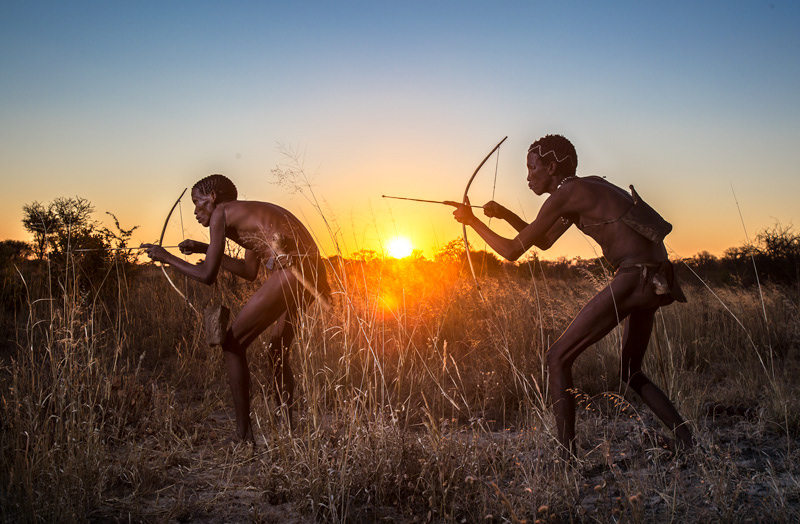
Their musical traditions are equally captivating, characterized by haunting melodies and rhythmic chants that reverberate through the desert sands. Music serves as a powerful tool for storytelling, social cohesion, and spiritual expression within San communities. The mesmerizing sounds of the !Kung sanza, a unique plucked instrument crafted from gourds, resonate with both ancient wisdom and contemporary artistic innovation.
Despite facing centuries of displacement, cultural assimilation, and marginalization, the San people have demonstrated remarkable resilience in preserving their ancestral heritage. Today, they actively strive to reclaim their land rights, revitalize traditional practices, and ensure the transmission of their knowledge to future generations. Organizations dedicated to supporting San communities are working to empower them through education, healthcare, and economic development initiatives.
The San Bushmen represent a vital link to Africa’s ancient past, embodying a profound connection to nature, ancestral wisdom, and artistic expression. Their story is a testament to the enduring human spirit, its capacity for adaptation, and the importance of cultural preservation in an ever-changing world.
The Legacy of Tswana Culture
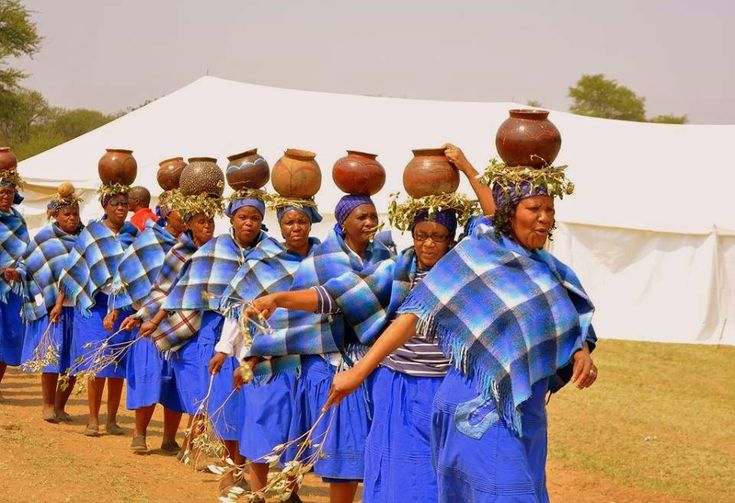
Botswana, a landlocked nation in Southern Africa, boasts a rich and vibrant cultural tapestry woven from the threads of its diverse ethnic groups. Among these, the Tswana people stand out, forming the largest ethnic group and leaving an indelible mark on the nation’s heritage.
The Tswana culture is characterized by strong communal bonds, deep-rooted traditions, and a profound respect for elders and ancestors. Their history spans centuries, marked by migrations, political alliances, and encounters with colonialism. Their oral history, passed down through generations, serves as a repository of their past, preserving stories of heroes, mythical creatures, and ancestral wisdom.
One of the most distinctive features of Tswana culture is its elaborate system of kinship and lineage. Families are highly interconnected, with extended networks providing support and security. Traditional leadership structures are also integral to their social fabric, with kgosi (chiefs) playing a crucial role in mediating disputes, upholding customary law, and representing their communities.
Art and craftsmanship play a significant role in Tswana expression. The intricate beadwork of the women is renowned for its beauty and symbolic meaning, while the men excel in carving wooden sculptures depicting ancestral figures and everyday life. These artistic creations serve not only as aesthetic objects but also as tangible expressions of their cultural identity.
Music and dance are vibrant threads in the Tswana cultural tapestry. Their traditional music often features polyrhythms, using instruments like drums, rattles, and whistles to create evocative rhythms that accompany storytelling and communal gatherings. Dances, such as the “Dikgosi” (chiefs’ dance), celebrate important occasions and showcase the agility and grace of the performers.
The Tswana people have a deep connection to their land, viewing it as a sacred gift entrusted to them by their ancestors. Their agricultural practices are sustainable, reflecting a respect for the environment and a desire to ensure its longevity. The cattle play a central role in their economy, serving as a source of livelihood, wealth, and social status.
The legacy of Tswana culture continues to thrive in Botswana today, enriching the nation’s identity and influencing its contemporary art, music, and fashion. Despite the challenges of modernization, the Tswana people strive to preserve their traditions, passing them on to future generations as a testament to their resilience and cultural heritage.
Language Diversity: Echoes of History
Cultural tapestry refers to the intricate blend of traditions, beliefs, art forms, and social customs that define a particular society or group of people.
Language diversity plays a crucial role in shaping this cultural tapestry.
Just like threads interwoven into a vibrant fabric, different languages carry within them the echoes of history, reflecting a community’s unique experiences, values, and worldview. In Botswana, this linguistic landscape paints a captivating picture of its rich cultural heritage.
Botswana boasts a remarkable array of indigenous languages, each with its own distinct history and cultural significance. The most widely spoken language is English, which serves as the official language and medium of instruction in education and government.
This linguistic legacy stems from Botswana’s colonial past under British rule.
However, alongside English, a rich tapestry of indigenous languages thrives.
These include Setswana, the most prevalent native tongue, spoken by a majority of the population; Kalanga, primarily spoken in the northwestern regions; and Herero, carried forward by communities descended from Namibian ancestors.
Each of these languages offers a window into Botswana’s diverse cultural heritage.
They preserve traditional stories, songs, proverbs, and folklore that have been passed down through generations. These linguistic treasures provide insights into the beliefs, values, and social structures of different communities within Botswana.
The preservation and revitalization of these indigenous languages are vital to safeguarding Botswana’s cultural identity.
Efforts are underway to promote language learning and create opportunities for speakers to share their linguistic heritage with younger generations.
By nurturing the diversity of its languages, Botswana ensures that the echoes of its history continue to resonate through the generations to come.
Beyond the Savanna
Diamond Powerhouse: Botswana’s Economic Engine
- Beyond the savanna, Botswana boasts a hidden gem – the Diamond Powerhouse.
- This nation, renowned for its stunning wildlife and conservation efforts, has built a thriving economy largely fueled by diamond mining.
- Here’s a glimpse into how diamonds power Botswana’s economic engine:
- Rich Reserves: Botswana is blessed with some of the world’s richest diamond deposits, discovered in the early 20th century.
Debswana: A Joint Venture Success Story:
- Debswana, a 50/50 partnership between the Botswana government and De Beers, manages most of the country’s diamond mining operations.
- This joint venture has been instrumental in ensuring sustainable development and equitable benefit-sharing.
Economic Backbone: Diamond exports account for a significant portion of Botswana’s GDP, generating substantial revenue for the government.
Investment in Infrastructure:
- The diamond wealth has fueled investment in vital infrastructure, including roads, airports, and healthcare facilities.
- This improved infrastructure has facilitated economic diversification beyond mining.
Human Capital Development: Botswana has invested heavily in education and training programs, equipping its citizens with the skills needed to participate in a diverse economy.
Social Progress: The diamond industry’s revenue has contributed to significant advancements in social indicators, such as poverty reduction, improved access to healthcare, and increased life expectancy.
Regional Influence: Botswana is a leader in Southern Africa, using its economic strength to promote regional cooperation and stability.
Beyond the shimmering gems, Botswana’s diamond-driven economy stands as a testament to responsible resource management, sustainable development, and a commitment to shared prosperity.
A Commitment to Sustainability: The Land-Use Policy Approach
Beyond the Savanna, A Commitment to Sustainability: The Land-Use Policy Approach delves into how Botswana navigates the complex relationship between economic development and environmental conservation.
Botswana’s remarkable success in wildlife management is often highlighted, showcasing its commitment to ecotourism. However, this article emphasizes that sustainable practices extend far beyond protected areas.
The cornerstone of Botswana’s approach is a sophisticated land-use policy framework. This framework designates different zones for various purposes: agriculture, mining, wildlife conservation, and human settlement.
Each zone is governed by specific regulations and guidelines aimed at minimizing environmental impact while maximizing resource utilization.
A key aspect of this policy is the principle of co-management. This involves actively involving local communities in decision-making processes related to land use. This fosters a sense of ownership and responsibility towards the environment.
Botswana recognizes that sustainable development requires balancing competing interests. By integrating economic needs with conservation goals, the country seeks to ensure a prosperous future for its people and wildlife alike.
The article further explores specific initiatives within this framework, such as:
- Community-based natural resource management programs: Empowering local communities to manage and benefit from natural resources.
- Sustainable grazing practices: Ensuring the long-term health of grasslands while supporting livestock production.
- Integrated water resource management: Balancing water needs for various sectors while preserving water quality and availability.
- Through its comprehensive land-use policy and commitment to co-management, Botswana provides a model for other nations seeking to achieve sustainable development in the face of increasing environmental pressures.
From Desert to Forest: Exploring Botswana’s Diverse Landscapes
Beyond the savanna, Botswana boasts a surprising diversity of landscapes that extend far beyond the iconic plains teeming with wildlife.
One such region is the Kalahari Desert, a vast expanse of golden sand dunes stretching across much of southern Botswana. While seemingly harsh, this desert supports a unique ecosystem of adapted plants and animals, including meerkats, springhares, and various reptile species.
Transitioning from the arid desert, the landscape shifts dramatically to lush forests in the north of the country. The Okavango Delta, a UNESCO World Heritage site, is a true marvel of nature. This inland delta, fed by the Okavango River, forms a labyrinthine network of waterways, floodplains, and islands teeming with abundant wildlife.
The delta’s diverse habitats support an incredible array of species, including elephants, lions, hippos, crocodiles, and countless birdlife. It is a paradise for nature enthusiasts and photographers alike, offering breathtaking landscapes and unforgettable wildlife encounters.
Moving eastwards, the landscape further transforms into rolling hills and fertile valleys along the Chobe River. This area is renowned for its large elephant herds, attracting tourists from around the world to witness these majestic giants in their natural habitat.
- 10 Of The Most Notorious Serial Killers In The World - October 2, 2024
- 10 Of The Largest Massacres In History - October 2, 2024
- 10 Of The Most Controversial Laws Ever Passed - October 2, 2024

